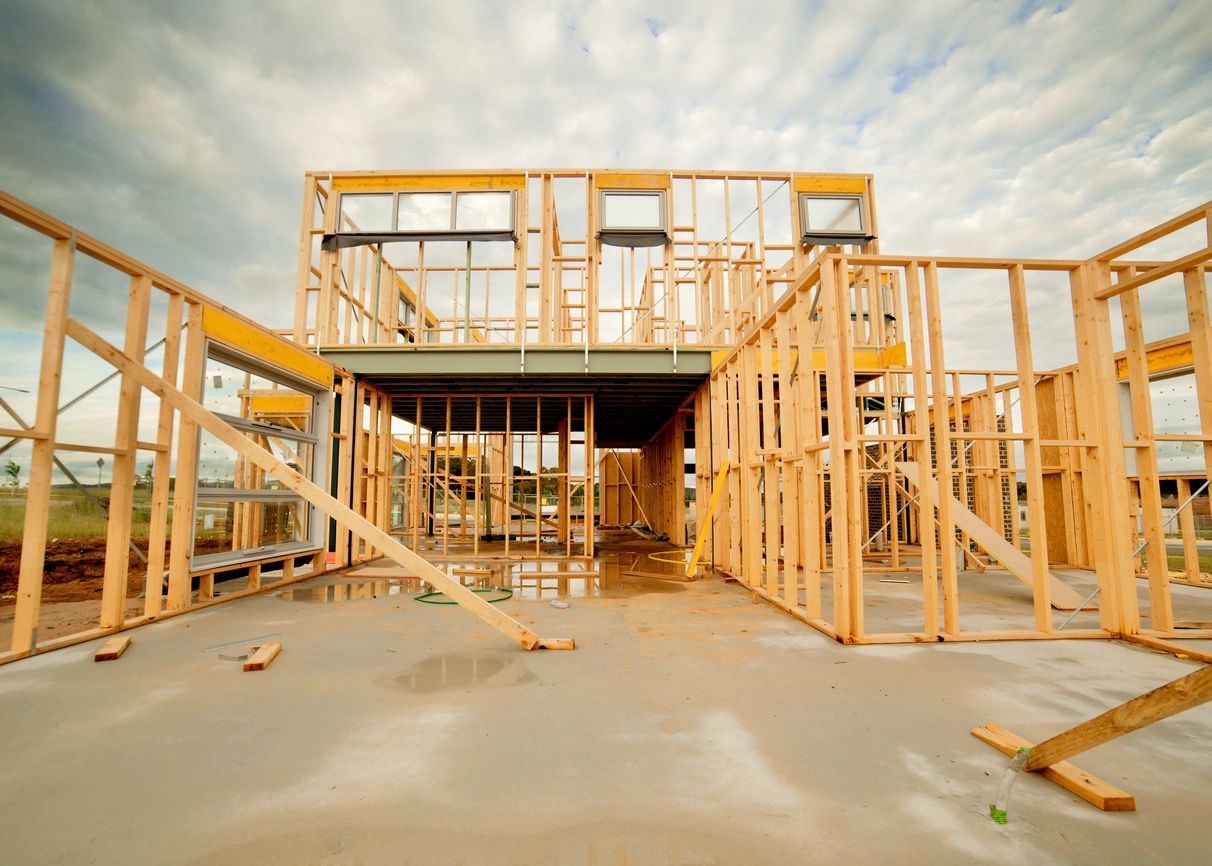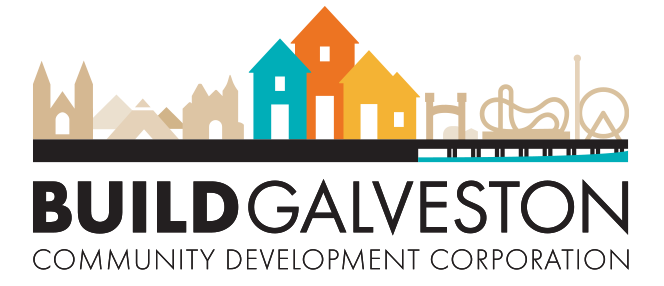Growth
Growth
An island with potential.
Within the bustling confines of the island city, a dynamic tapestry of demographics unfolds, showcasing the intricate blend of cultures, backgrounds, and lifestyles that converge within its shore boundaries. From the vibrant streets teeming with the energy of youthful residents to the tranquil neighborhoods where families establish roots, each corner of the city tells a unique story of diversity. Annual cultural festivals celebrate traditions from around the globe. Amidst tourism attractions and historic landmarks, the city thrives as a melting pot of humanity, embodying the rich complexities and shared experiences of its inhabitants.
What does Galveston’s demographics say?
Demographics
The demographics are more than statistical numbers for a population. It’s a framework for the information that matters to your individual growth and health of your community.

HOUSEHOLD INCOME
We’re an island of variety; education, medicine, tourism, retail and restaurants.
The average household income for the City of Galveston is with a median age of 39, per the most recent US Census. Knowing this information is a popular indicator of expected income opportunities and poverty, which can affect physical and mental health. Lenders often reference this data as a risk-measuring tool.

LABOR FORCE
The labor force in Galveston, Texas, is characterized by its resilience and adaptability, drawing from a diverse pool of talent across industries such as tourism, healthcare, maritime trade, and education.

UNEMPLOYMENT
Unemployment in Galveston, Texas, presents a multifaceted challenge within the community, influenced by various economic factors and external events. While the city’s reliance on industries like tourism and maritime trade offers employment opportunities, fluctuations in these sectors can contribute to periodic spikes in unemployment rates. Additionally, the aftermath of natural disasters, such as hurricanes, can disrupt local businesses and employment stability. Efforts to mitigate unemployment often involve community initiatives, government assistance programs, and investments in economic diversification to create a more resilient workforce.
EMPLOYERS
The employers of Galveston represent a diverse array of industries that contribute to the city’s economic vitality.
The healthcare sector stands out prominently, with the University of Texas Medical Branch (UTMB) serving as major employers, providing medical services and research opportunities. Additionally, Galveston’s robust tourism industry, fueled by its scenic beaches and historic attractions, supports a multitude of businesses ranging from hotels and restaurants to entertainment venues. Maritime trade plays a significant role as well, with the Port of Galveston serving as a gateway for international commerce and supporting jobs in shipping, logistics, and related services. Moreover, education is a vital sector, with institutions like Texas A&M University Galveston contributing to employment through academic and research positions. Collectively, these employers, along with youth educators, form the backbone of Galveston’s economy, driving growth, innovation, and employment opportunities for its residents.

INDUSTRIAL STRENGTHS
In addition to the medical and port industries, the city’s proximity to major metropolitan areas like Houston enhances its appeal as a residential and commercial destination, fostering opportunities in real estate development, retail, and professional services. Overall, Galveston’s industry strengths across healthcare, maritime trade, tourism, and proximity to urban centers contribute to its diverse and resilient economy. Mild winters lend to nearly year round accessibility and growth.


